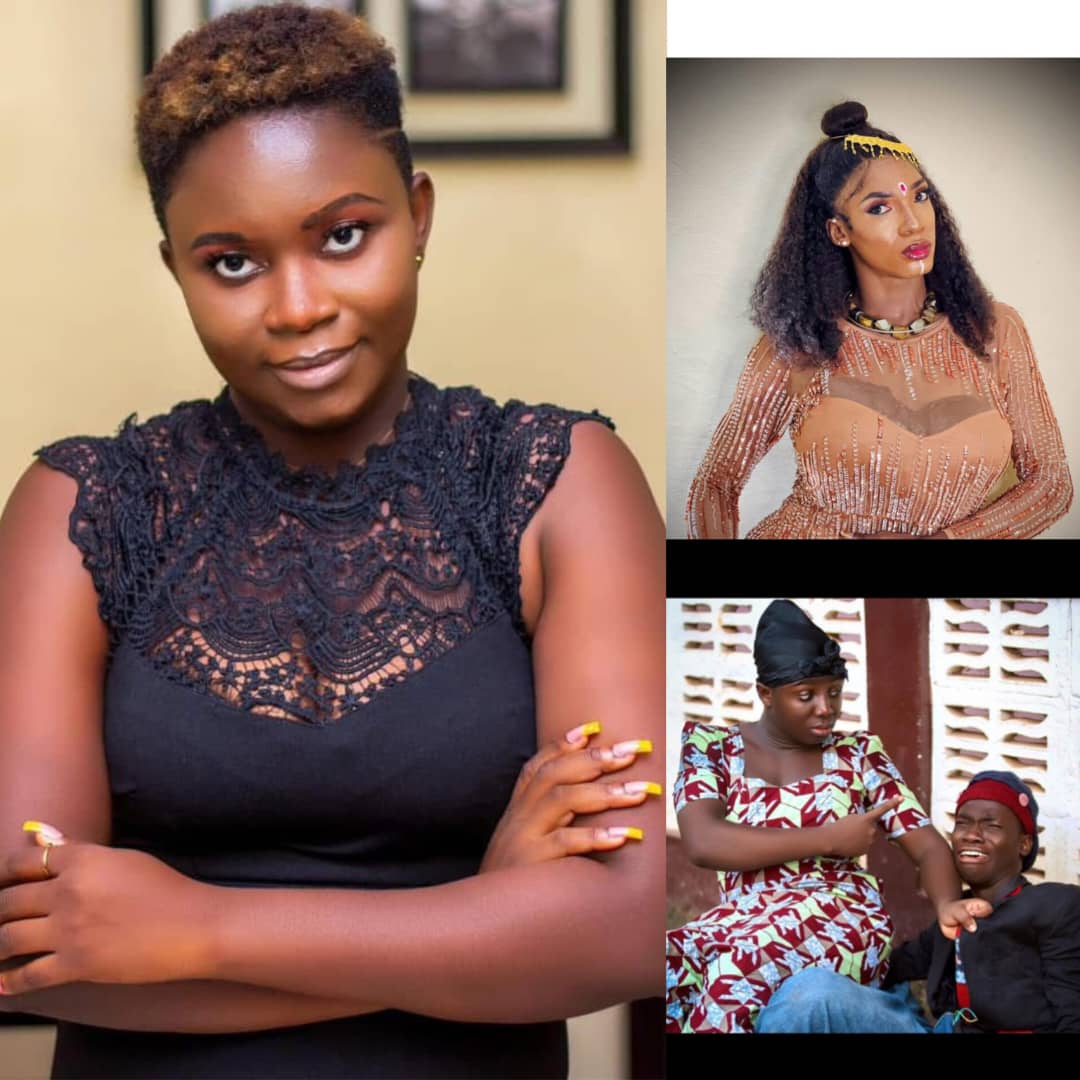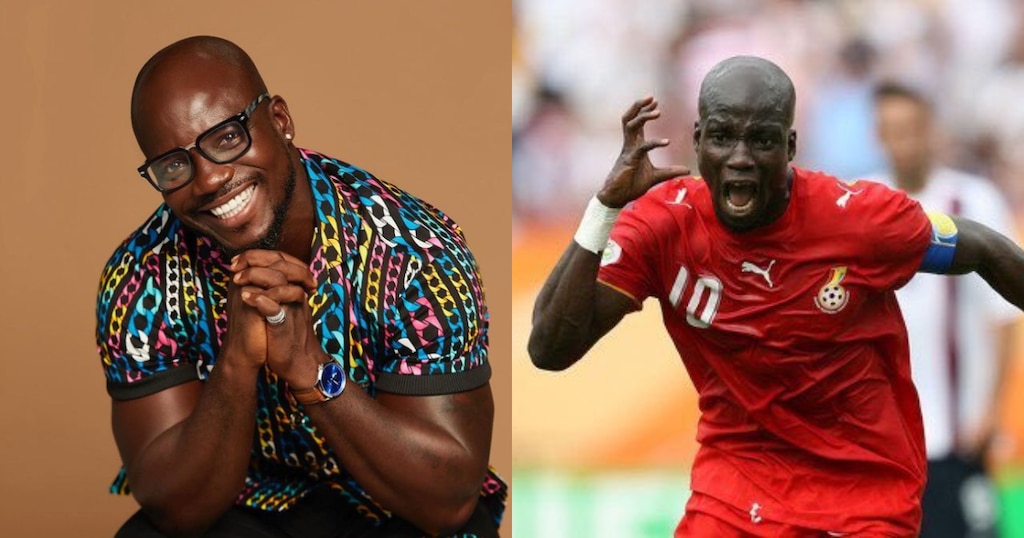In recent times, there has been a noticeable trend in Ghana’s content creation space where male influencers are adopting feminine styles, wearing women’s clothing, makeup, wigs, and even fixing nails to create content. This phenomenon has sparked conversations, with many wondering why male creators feel the need to cross-dress to gain attention or followers.
What stands out even more is that many of these male influencers are being signed as brand ambassadors for businesses that cater primarily to women—makeup shops, wig sellers, and beauty brands. While these brands might see it as a marketing strategy, one can’t help but question why they don’t collaborate with female influencers instead, who are naturally more aligned with their target audience.
This trend raises broader concerns about creativity and identity in the content creation space. Are male influencers relying on cross-dressing because they believe it is the only way to stand out? Does creativity now depend on dressing as the opposite gender? It’s rare to see female content creators dressing in a masculine way to gain traction, yet a significant number of male TikTok influencers are adopting this approach, often justifying it as “content creation.”
There’s also the perception issue. With Ghana being a largely conservative society, many associate cross-dressing with LGBTQ+ identities, which further complicates how these influencers are viewed. Some people believe this trend is a way for individuals to express or conceal their sexual orientation, but whether or not this is true, the conversation needs to shift towards the creative limits being pushed in the name of content creation.
One example worth highlighting is a creator like QuaisyOfficial, who, despite occasionally imitating feminine characters, shows immense creativity in other areas of his work. He demonstrates that being a content creator doesn’t mean relying solely on cross-dressing. Talent and creativity can shine without having to conform to this rising trend.
This brings us to the brands that support these male influencers. While it’s important for businesses to innovate and explore diverse marketing strategies, choosing male influencers to advertise products like wigs, makeup, and nails feels contradictory when these products are traditionally designed for women. There’s a fine line between creative marketing and reinforcing stereotypes or trends that may not align with societal norms or expectations.
As a media personality and someone who has observed this space closely, I believe there’s a need for more conversation around this issue. Creativity should not be limited to crossing gender lines, and influencers should be encouraged to explore other avenues to showcase their talents. After all, being authentic to who you are doesn’t limit creativity; it enhances it.
Let’s challenge ourselves to think beyond the surface and build a content creation space that is innovative, diverse, and true to our cultural values.
Sompaonline.com














 Sompaonline.com offers its reading audience with a comprehensive online source for up-to-the-minute news about politics, business, entertainment and other issues in Ghana
Sompaonline.com offers its reading audience with a comprehensive online source for up-to-the-minute news about politics, business, entertainment and other issues in Ghana







